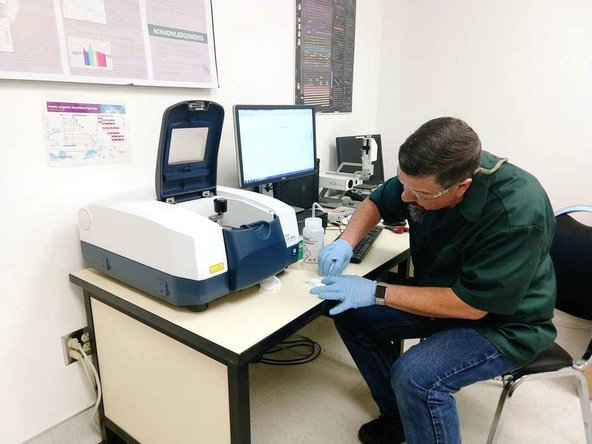crwdns2935425:07crwdne2935425:0






-
So, what changed this year? First, the transparent switch cover material.
-
The cover in the 2018 model is semi-opaque, somewhat tacky, and feels like silicone. The new model is clearer and smooth to the touch.
-
To confirm that the materials are indeed different, we analyzed them using Fourier Transform Infrared (FTIR) spectroscopy. Thanks to Eric Beaton and Cal Poly's Materials Engineering department for their equipment and expertise!
-
The differing peaks and valleys on the FTIR spectra for the two samples show us that they are different materials. But what are they?
-
When comparing these FTIR spectra to that of known polymers, the closest match for the 2018 model is either poly(acetylene) with aromatic urethane side groups, or a type of TPU (which seems more likely). The 2019 model is a match for polyamide (commonly known as nylon).
crwdns2944171:0crwdnd2944171:0crwdnd2944171:0crwdnd2944171:0crwdne2944171:0